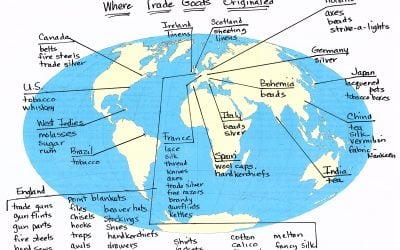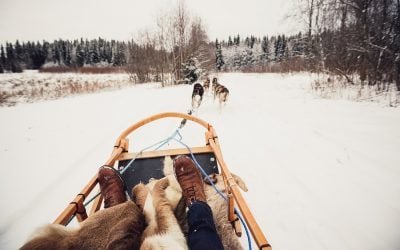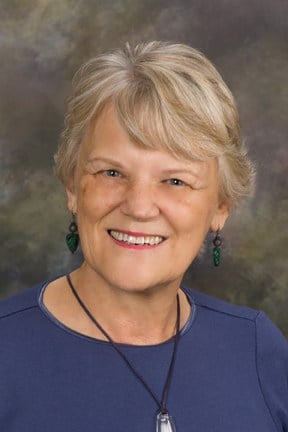Voyageur’s Blog
Ask a voyageur a question
Here’s a blog to answer your questions, like what was life like during the 1800s in French Canada? Like who could or couldn’t be a voyageur? How big the canoes were? What trade goods they carried? What different furs were worth? What they used for medicine? I’ll answer these and more in the “A Voyageur’s Life” blog. Click on the button below to ask your question or go to the “Contact” section of this site — I’ll find the answers.
Digging into the Voyageurs’ World
Carolyn Podruchny presents fascinating info in “Making the Voyageur World” — like different songs sung with various canoe sizes, lobsticks, leaky canoes, difficult conditions.
Where in the world did trade goods come from?
Goods traded to Native American tribes originated all over the world. While much came from from England and France, other countries in Europe, Asia, the Caribbean, Brazil and North America, offered unique materials.
Were girls ever voyageurs?
Were girls ever voyageurs? Did girls go on the fur brigades? Amazingly, yes. If you figure in all the Native American women, there are countless thousands whose assistance was invaluable. If you're talking European immigrants or Caucasians, a bare handful. To paddle...
The visionary Peter Pond: voyageur, explorer, map-maker — and murderer
Voyageur Peter Pond was a giant in early North American exploration and map-making. Ambitious, organized, forward-thinking, he recognized the importance of Athabasca’s resources. But he was also implicated in three deaths.
Roadkill can be beautiful?
Roadkill became a beaver pelt processed in old way — as a hooped or “made beaver.” Valuable once for trade goods, now it’s beautiful —and interesting — on its own.
Dog sleds—voyageurs’ winter mode of travel
Voyageurs needed dog and dogsleds to continue trading during the winter. The athletes—both dogs and their mushers—have inspired books and marathon races.







 No wonder Nikki Rajala writes about voyageurs—her French-Canadian ancestors paddled birch bark canoes on many fur trade brigades. One great-great wintered for 16 years in fur posts west of Lake Superior and threads of family stories infuse this book. On Girl Scout canoe expeditions as a teen, she explored Minnesota's Boundary Waters Canoe Area Wilderness and Ontario's Quetico Provincial Park. Nikki loves rendezvous re-enactments, reading fur trade journals, visiting museums, tasting voyageur foods.
No wonder Nikki Rajala writes about voyageurs—her French-Canadian ancestors paddled birch bark canoes on many fur trade brigades. One great-great wintered for 16 years in fur posts west of Lake Superior and threads of family stories infuse this book. On Girl Scout canoe expeditions as a teen, she explored Minnesota's Boundary Waters Canoe Area Wilderness and Ontario's Quetico Provincial Park. Nikki loves rendezvous re-enactments, reading fur trade journals, visiting museums, tasting voyageur foods.